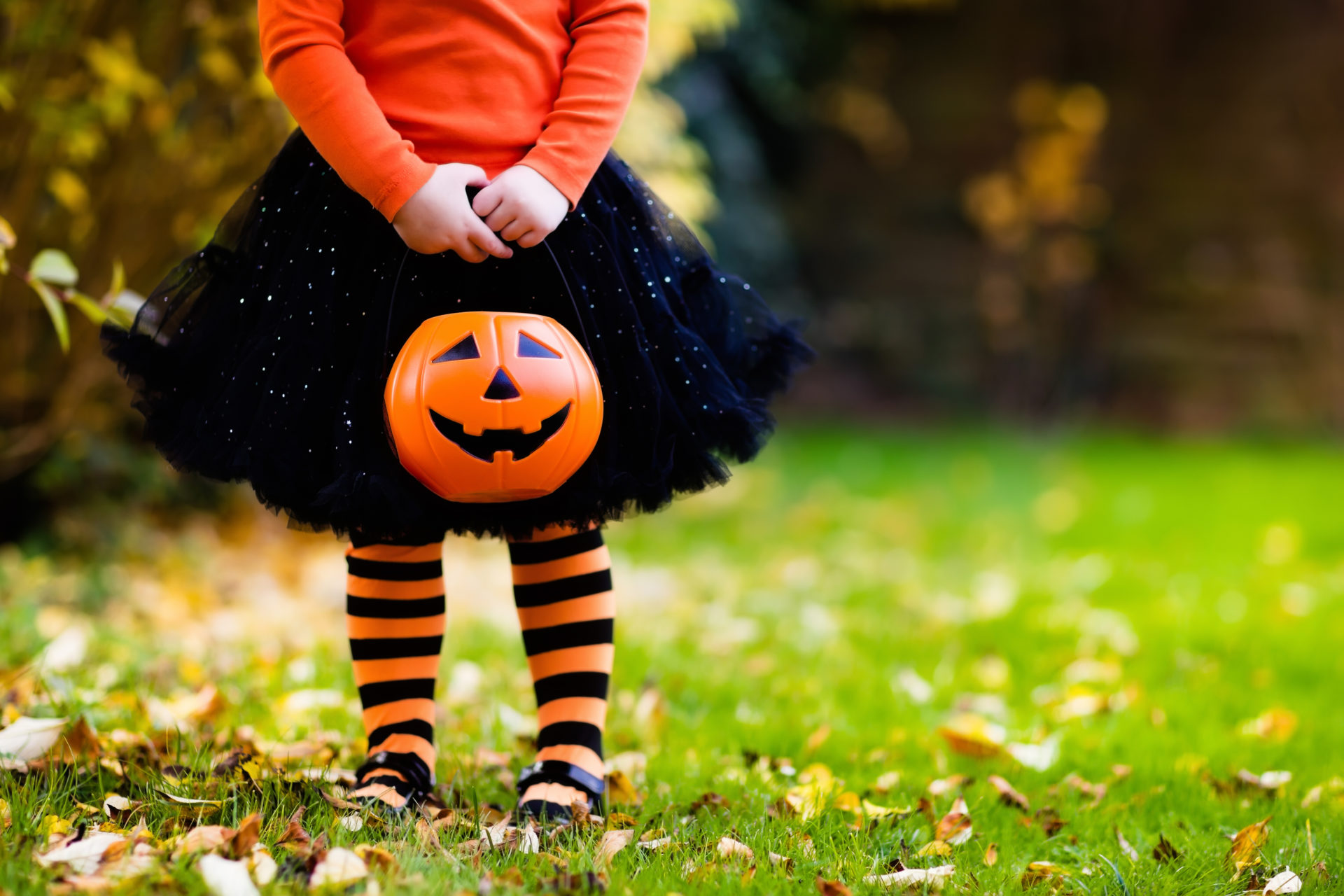In the United States, Halloween as we now know it is predominantly a secular occasion, an evening of costumed participants, trick or treating, pumpkins and parties with a strong theme of ghosts and ghouls, demons and witches. How it comes to be this way is the result of the blending of several customs and traditions from different cultures over a number of centuries.
Halloween traces its origins back to the ancient Celtic festival of Samhain, pronounced “Sau-ihn”. Meaning “summer’s end” this was the time of year when Celts in north western Europe prepared for the coming winter by storing foodstuffs, and would mark the occasion by feasting and making offerings for a bountiful harvest in the coming year. Celebrated on October 31st, this marking of the change of seasons was also believed to be a time when the boundary between the worlds of the living and the dead would dissolve, allowing ghosts and spirits to return to earth. Food and drink would be prepared for the spirits of loved ones to welcome them. However, some spirits were malevolent and destructive, and steps would be taken to avoid these spirits’ anger. Bonfires would be lit to ward them off, and people would use ash from these fires to disguise their faces when going out so as to evade these spirits. In time this would become more elaborate with the use of masks and costumes. Known as “guising” this was the beginnings of Halloween costume.
Later on when Europe had converted to Christianity, these pagan traditions were given a Christian interpretation. In 609 A.D. Pope Boniface IV dedicated the Pantheon in Rome to all Christian martyrs and the feast of All Martyrs Day was established throughout Christian Europe. Pope Gregory III later included all saints in the feast day and moved the celebration from May 13th, where it had links to Roman traditions, to November 1st, so as to replace pagan traditions with Christian principles. In 1000 A.D. the Catholic Church made November 2nd All Souls Day, a time to honor the dead, which served to also give pagan beliefs concerning the dead a Christian interpretation. Bonfires and dressing up still featured, with costumes now representing saints, angels and devils. The name Halloween came into existence around then as it is short for All Hallows Eve, being the day before All Hallows, (All Saints Day) in old English.
Trick or treating has links to All Souls Day and “souling” in medieval Britain. Whereas in Celtic tradition, people would leave food and drink out for the spirits who roamed on October 31st, this morphed in Christian times to people giving “soul cakes” to the poor who came to their doors, in return for prayers for their dead relatives. These prayers were believed to help the deceased on their passage to heaven from purgatory. The giving of soul cakes accounts for the “treat” part, but the “trick” component seems to have its origins in Guy Fawkes night, which is celebrated in Britain on November 5th. It celebrates the night that a Catholic plot to kill Protestant King James I by blowing up the Houses of Parliament failed. Celebrations consisted of bonfires, upon which an effigy of Guy Fawkes or unpopular public figures, particularly the Pope, would be burned, and fireworks. Traditionally, children would make a “Guy” (effigy) and take it from house to house asking for sweet treats or money. If a treat was not forthcoming, mischief and vandalism would be done to the property of those who refused.
Early European settlers brought these customs with them, including among Puritan settlers the celebration of Guy Fawkes Night, or Pope’s Day. For the most part this ended after the American Revolution, but the tradition did not completely die out in the northeast. Thus when increased numbers of Irish immigrants arrived in the 19th century, there was already a tradition of ghost stories, and mischief making as well as the religious holidays, although festivities were still a long way from the celebrations of today. Celtic traditions had survived in changed form over the centuries, but were reinvented, so to speak, by Irish immigrants who still had strong links to these traditions. They also brought the Jack O’Lantern with them, a custom originating with the legend of Stingy Jack. Stingy Jack was a cunning drunkard who tricked the devil into banning him from hell. However, due to his sinful life he could neither enter heaven. He was therefore condemned to roam earth and carried a small lantern made from a turnip and lit by an ember from hell. On All Hallows Eve when the Irish went souling they would carve turnips with faces and light them so as to protect themselves while out at a time when ghosts like Stingy Jack could also roam. Once in America they adopted a pumpkin rather than a turnip, as pumpkins are easier to carve.
By the early twentieth century the mischief component of Halloween was starting to get out of hand in some communities, and in Hiawatha, Kansas, Elizabeth Krebs decided to do something to stop the annual vandalism of her garden by offering the children alternative activities. The following year she arranged a party for them in the hope it would dissuade them from destruction. It wasn’t a complete success, but the next year she got the whole town on board, and the festivities of music, a parade and costume competition deterred the vandalism. This approach to Halloween gradually spread throughout the United States, with the giving of treats becoming the means of dissuading mischief. From this grew the secular tradition of Halloween celebrations that we have today with all the decorations, costumes, parades, parties and treats, and of course ghosts and ghouls.
SOURCES:
https://www.history.com/topics/halloween/history-of-halloween
https://www.worldhistory.org/article/1456/history-of-halloween/
https://time.com/4094948/guy-fawkes-day-america/
https://patch.com/massachusetts/plymouth/bonfire-night-in-plymouth








